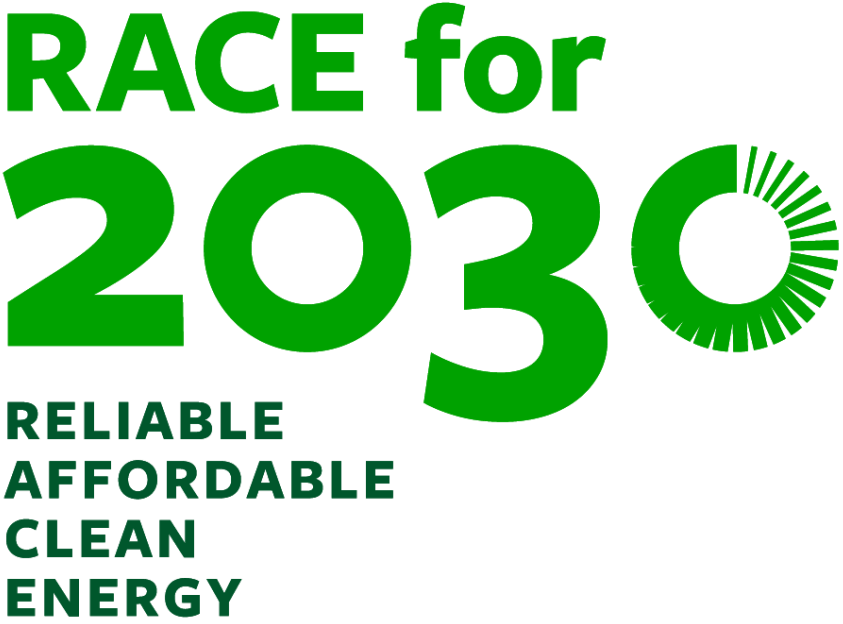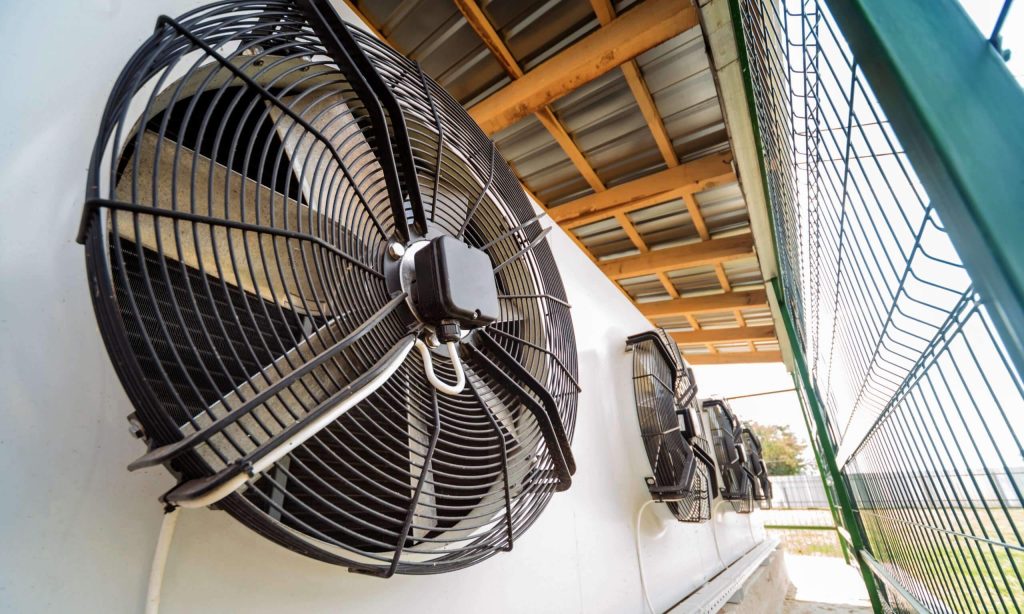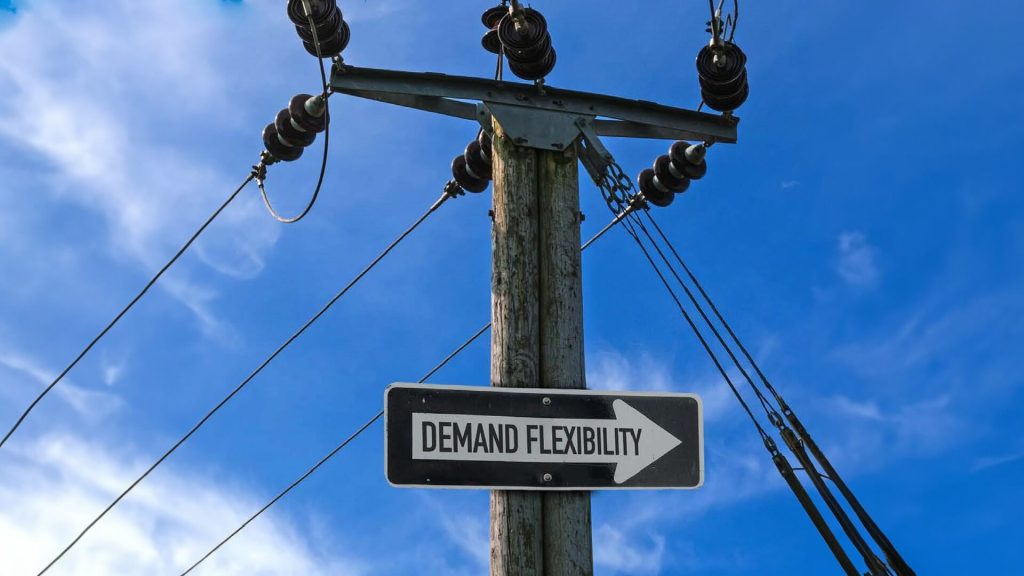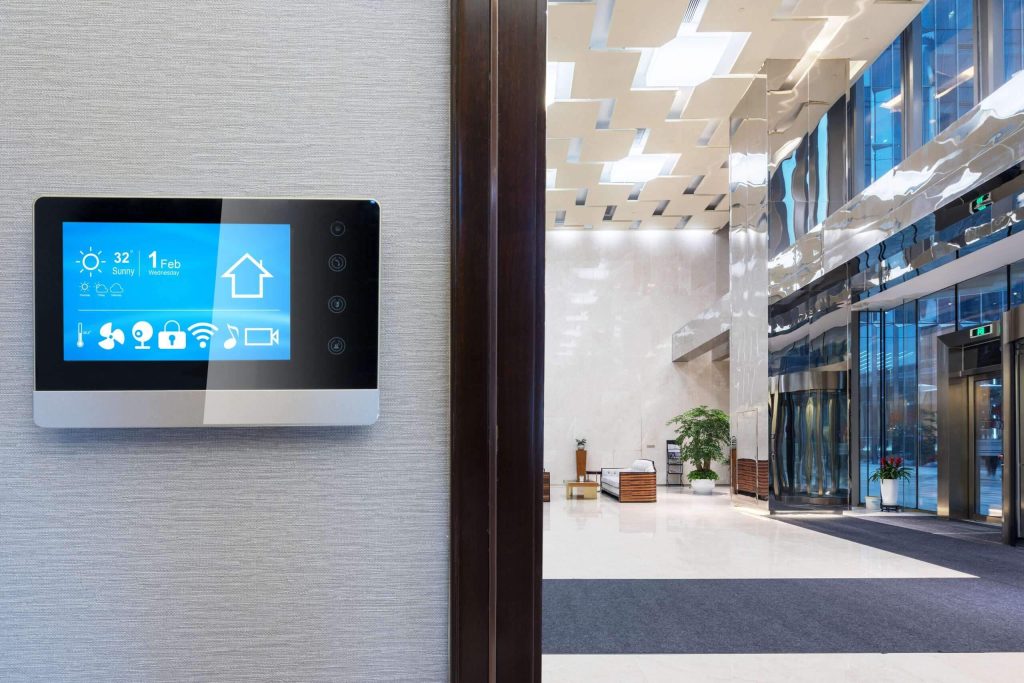Chief Investigators
Purpose of project
Industry 4.0 technologies offer new ways to improve energy efficiency. These technologies include features like energy analytics, detecting faulty equipment operation, adjusting controls in real-time, and adapting load to varying energy price or emissions signals. By utilising these emerging technologies, the commercial and industrial sectors can reduce their electricity consumption and participate in electricity markets.
One specific area with great potential for implementing Industry 4.0 solutions is non-residential buildings in Australia. By deploying these technologies in this sector alone, it is estimated that 6.6 million metric tons of CO2-e emissions could be saved each year, with the potential additional benefit of creating one gigawatt of dispatchable load that can be flexibly managed and controlled.
However, there are challenges that need to be addressed to fully realise the benefits of Industry 4.0 in this context. The RACE for 2030 B2 and B4 Opportunity Assessments identified two main barriers. Firstly, the implementation of Industry 4.0 technology can be complex and require significant effort. Secondly, measuring and validating the impact of these interventions can be difficult.
To overcome these barriers, a low administration pathway could be introduced to make financial incentives from white certificate schemes more accessible. Australia’s state-based white certificate schemes could then provide economic benefits for adopting energy-saving Industry 4.0 technologies. Additionally, they would help streamline the measurement and verification processes by using Industry 4.0 technology itself.
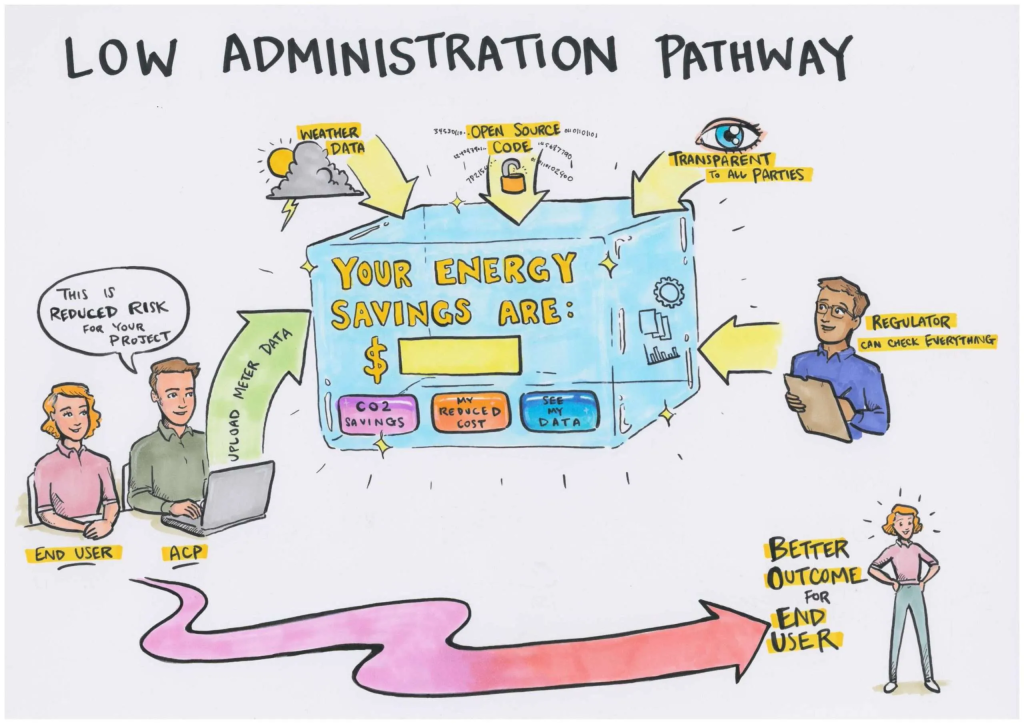
source: (NSW Government’s Energy Security Safeguard Implementation Team)
This project investigated and tested two opportunities within Australia’s State-based white certificate schemes – defining a dedicated Energy Management Information System (EMIS) to enable Industry 4.0 technologies to be eligible for white certificates, and the development of a streamlined measurement and verification (M&V) tool to reduce administrative costs of white certificate generation. The goal was to encourage the adoption of energy-saving Industry 4.0 technologies and simplify the measurement and verification processes by leveraging Industry 4.0 technology.
Findings of project
The project proposed two distinct EMIS activities to be included in White Certificate schemes:
1. A Foundational EMIS, which covers the implementation of EMIS infrastructure. The project found that certificates could be fairly awarded based on a deemed rate equivalent to 3% of the site energy consumption over 5 years; and
2. An Advanced EMIS, for deploying energy saving software applications such as fault detection and diagnosis (FDD) and advanced controls. The project found that a new, streamlined method would be required to appropriately calculate the number of certificates that should be created.

Data inputs and key capabilities of an EMIS (adapted from Kramer et al, 2020)
A new streamlined M&V tool was developed. It is hosted on CSIRO’s Data Clearing House (DCH) data management platform. It is hoped that data acquisition can be streamlined by accessing National Meter Identifier (NMI) data from AEMO, in a similar fashion to the Energy Made Easy website.
At the end of the project, a workshop was held to identify additional research and development needs, as outlined in the high-level work plan below.

Source: Final report
Impact of project
The estimated benefits of EMIS technology in Australia are illustrated below:

Incentivising this technology (through Australia’s state-based certificate schemes) has the potential to accelerate adoption of the technology and unlock these benefits.
Project partners – industry and research
CSIRO (Lead), Australian Institute of Refrigeration, Air conditioning and Heating (AIRAH), Buildings Alive, City of Melbourne, DEECA (VIC), Energy Efficiency Council (EEC), Exergenics, IoT Alliance Australia (IOTAA), National Australian Built Environment Rating System (NABERS), NSW DCCEEW, Sydney Water
Industry Reference Group members
8020Green, Better Buildings Partnership (BBP), Department of Energy and Mining (DEM) (SA)
Webinar resources
Published Report
Status
- Completed
Project Leaders
- Stephen White, CSIRO
Other reports
Partner projects
Completion Date
December 2024
Project Code
0471
